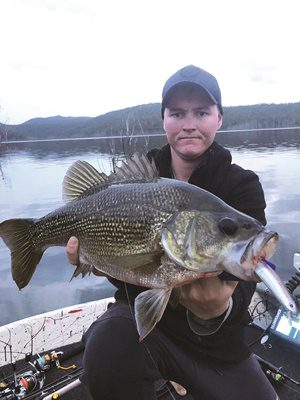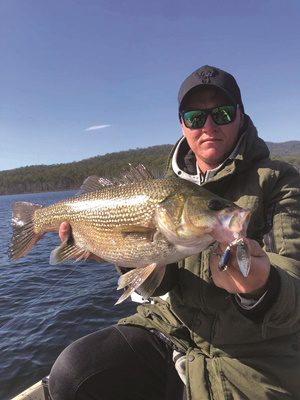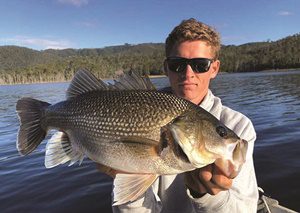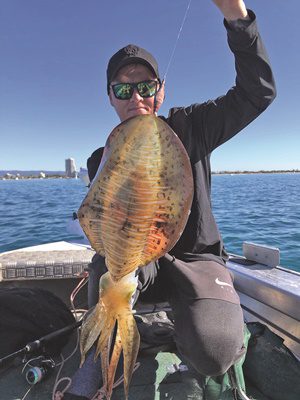




WE are just past the halfway point of yet another fast-paced year.
This month will see a good result for those targeting most southern species both offshore and inshore. Offshore we have heard good reports of jewfish and cobia on the hunt for anglers fishing the closer reefs leading into the night with live baits. Hopefully this continues.
Whales are starting to make their presence felt, so if travelling at night, ensure you are always careful and keep a watchful eye. Snapper have started biting at the 36-fathom marks on soft plastics and float lines, with pearl perch being taken with them too. Flathead are pushing up onto the flats and in creeks and taking a variety of techniques, but one of the most successful seems to be trolling.
Trolling 50-100mm hard-bodies that dive from 60cm to 2.5m seems to be best, with pink and gold the preferred colours. Bream will begin to spawn in deeper sections of the Broadwater and Jumpinpin Bar, and if you come across these fish they can be a load of fun because you can get cricket scores while they are schooled. This schooling will also see people catching them in the Seaway on micro jigs.
Trevally will hunt a little deeper in the cooler water. A wide variety of trevally species will be on offer as we see the likes of longnose, brassy and pennant trevally showing up. Lately I’ve found the best presentation to be a small 3” paddle tail such as the Damiki Armour Shad.
Squidding on the Gold Coast has been quite successful because with very little rain the water visibility is awesome and squid love clean water. It is also recommend to hunt squid on a high tide because this will see the water at its cleanest.
Finding areas with a gravel or weedy bottom is ideal, and working your squid jigs in the same way you would a plastic for flathead should see a bent rod or two. Fishing with light drags is a must because the jigs haven’t got hooks as such, so the squid can come off if you’re not careful. Half the fun of catching squid is trying not to get the boat covered in ink!
When people are buying squid jigs, the most common question is what size and colour works best. I believe colour is a personal preference but size depends on the current and depth where you’re fishing. Most of the weed beds I target are only about a metre under water at high tide, so I use a 2.5 weight jig, but if fishing the Seaway I’d move up to a 3 or 3.5 weight to compensate for the extra current and depth. Bass fishing in Hinze Dam is still firing, with the schooled fish sitting tight together and meaning tailspinners and spoons work well when jigged through the schools.
Because Hinze Dam’s wall height was raised a few years back, most of these schools are in deep water, meaning heavier jigs and plastics are a much better option because you can get down faster. The tailspinner I use is a 30g Damiki Axe Blade. It has a stinger on the trailing hook too, ensuring a higher hook-up rate.
Fishing around the timber is slowly improving, with bigger fish hiding up in the sticks early of a morning and late in the afternoon trying to source a bigger meal without having to move so much. Shallow jerkbaits and topwater lures will become more successful as the month goes on.
Get out there this month with the thermals and Uggies because the fish won’t mind the weather!
 Bush 'n Beach Fishing Magazine Location reports & tips for fishing, boating, camping, kayaking, 4WDing in Queensland and Northern NSW
Bush 'n Beach Fishing Magazine Location reports & tips for fishing, boating, camping, kayaking, 4WDing in Queensland and Northern NSW








